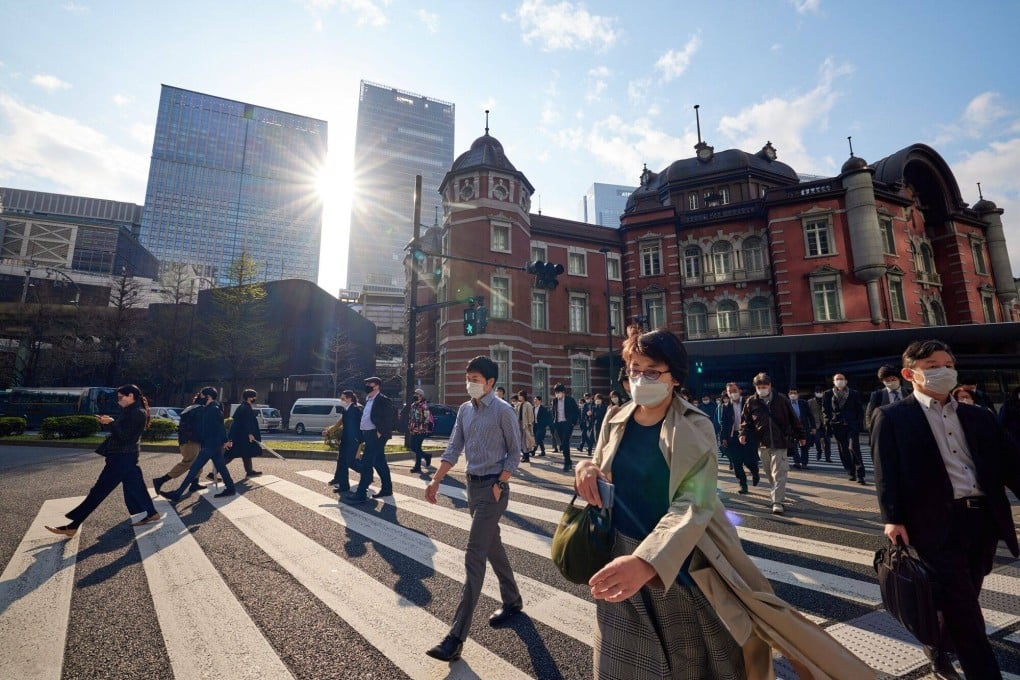Advertisement
Opinion | The Bank of Japan has barely scratched the surface of monetary tightening
- After decades of easy money, the tightening journey will not be straightforward – or rushed
- Rising bond yields and yen implications aside, the biggest challenge is in unwinding the massive balance sheet
Reading Time:3 minutes
Why you can trust SCMP
0

Those closely following the global economy over the past year would have noticed a significant divergence in monetary policy between Japan and the rest of the world.
While the US Federal Reserve and European Central Bank have increased interest rates aggressively to rein in inflation, the Bank of Japan has maintained a loose monetary policy, keeping short-term rates negative and long-term rates around zero.
To stimulate economic growth and move Japan’s economy out of deflation, the BOJ has been deploying a negative interest rate policy and controlling the yield curve for government bonds since early 2016.
With negative short-term interest rates, commercial banks are charged for holding excess reserves with the BOJ. This, in turn, encourages commercial banks to lend more money to consumers and business, thereby boosting spending and economic activity.
Meanwhile, yield curve control targets the longer-term interest rates of a specific maturity of bond. In Japan’s case, the central bank has been buying and selling the 10-year government bond to maintain it at the target rate. Keeping the rate on long-dated bonds low helps to reduce the cost of long-term borrowing while encouraging investment into longer-term projects.
After loosening its yield curve control band from a long-held 0.1 per cent to 0.5 per cent last December, the BOJ decided to tweak it further last week.
Advertisement
